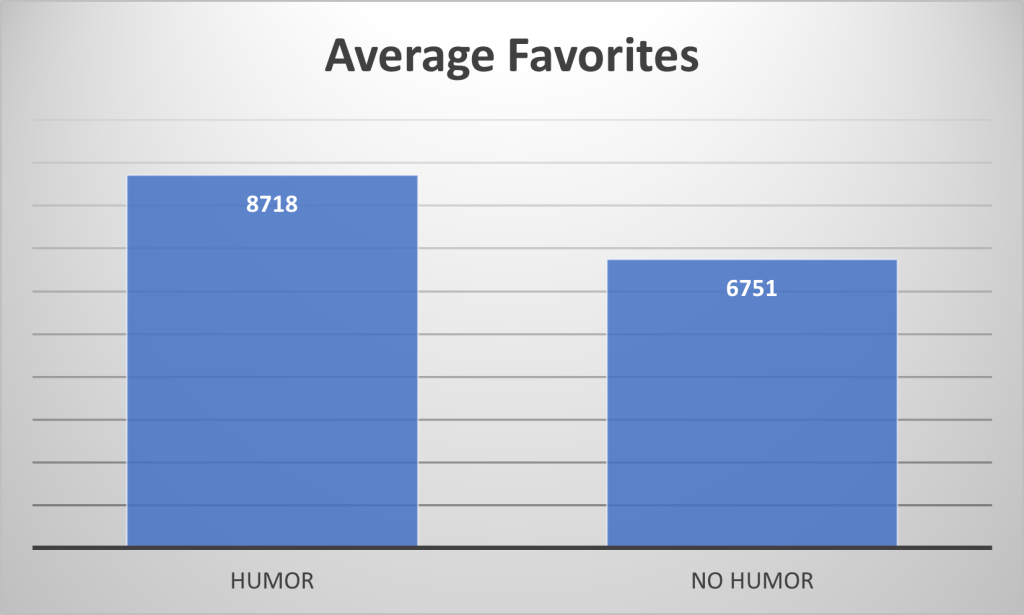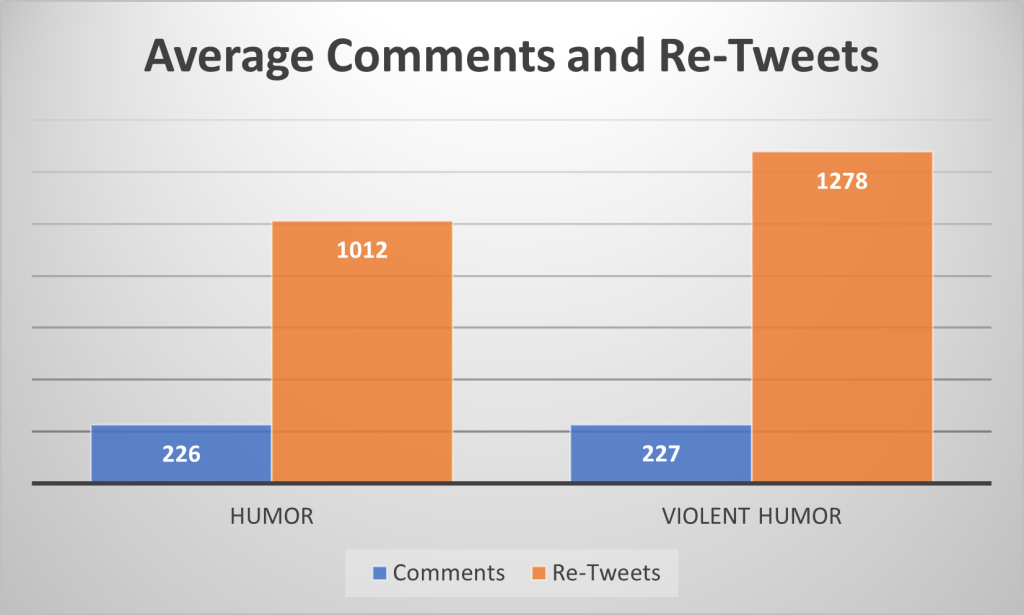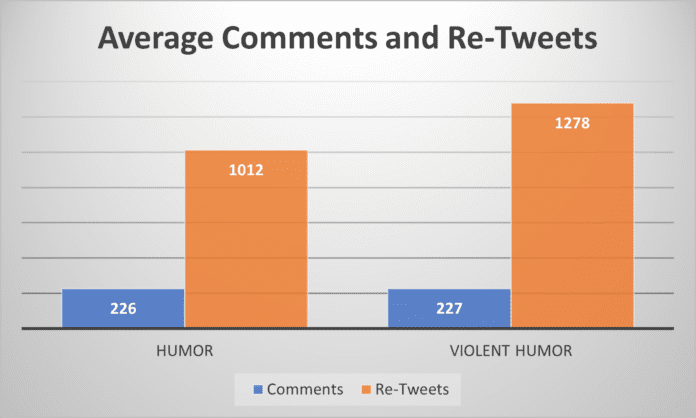Since the beginning of the Russia-Ukraine War, Ukraine has relied on its social media channels to obtain foreign policy goals. Through its use of Twitter, Facebook and Telegram Ukraine has crowdfunded humanitarian aid, raised funds for the purchasing of weapons, negotiated agreements with tech magnets such as Elon Musk, managed a cyber army and obtained the support of both state and non-state actors. For instance, Ukraine rallied digital publics to its side and exerted pressure on big tech companies to exit the Russian market. Similarly, through social media, Ukraine exerted pressure on other states to arm its military.
Ukraine’s digital diplomacy efforts are not limited to its foreign ministry. Following the Russian invasion various ministers and ministries became active online including the Minister of Digital Transformation and the Defense Ministry. Notably, the Defense Ministry has adopted a unique approach to digital diplomacy by publishing humorous content. Humorous tweets are used by the Ministry to mock Russian leaders, emphasize the absurdity of Russian propaganda, highlight Ukraine’s military achievements, increase pressure on foreign states to arm Ukraine and even comment on internal Russian affairs such as the short-lived Wagner Group rebellion. Such tweets may be seen below.
Scholars have argued that humor may be an effective digital diplomacy strategy. Indeed, humorous content may attract the gaze of social media users who are always scrolling on to the next tweet or Post. Moreover, humorous content may elicit a response from social media users be it in the form of re-tweets or comments. In such cases, humor increases the reach of one’s digital content. Moreover, humor may be used to elicit an emotional reaction from social media users. Such emotional reactions facilitate persuasion suggesting that through humor, states can shape how digital publics make sense of events and actors. Finally, some scholars have suggested that the use of humor can be strategic in the sense that it may legitimize one actor’s actions while delegitimizing those of another. Such is the case with the tweet above pitting a rebellious young woman against a Russian tank. This visual creates a moral dichotomy between an oppressive, violent Russian invader and brave Ukrainians who oppose such violence.
Notably, the Ukrainian Defense Ministry has also taken to publishing tweets that include a different and more violent type of humor. Such tweets, which often draw on pop culture references, celebrate Ukraine’s mastery of weapons, revel in the death of Russian soldiers, praise the death or suffering of Russian troops and even make light of the suffering of Russian civilians. Such tweets are shown below.
I term such tweets as “violent humor” for three reasons. First, because they subvert the true nature of war transforming horrid and regrettable actions into “funny” and viral events. Second, because such tweets legitimize violent solutions to conflicts between states. Humor is used here as a vehicle to normalize war, death, and destruction. Third, such tweets constitute violent acts as they reduce human suffering into a punch line. That said, such tweets may be an effective digital strategy. Humorous tweets combining pop culture, film-like action sequences and military achievements may summon the attention of social media users, elicit emotional responses, and increase engagement with social media content.
Even though scholars have argued that humor “works” online, few studies have examined this premise. To test the possible efficacy of humor as a digital strategy I analyzed more than 100 tweets published by the Ukrainian Defense Ministry over the past two month. While this is far from a definitive sample, it may offer an initial evaluation of the humor strategy. Half of the tweets in this sample were humorous and half were not.
As can be seen in the three graphs below, humorous tweets elicited more re-tweets, more favorites, and more comments than non-humorous tweets. The gap in the average number of comments is especially important. Commenting on a tweet is the most demanding form of social media engagement. It requires that users stop scrolling, formulate a comment and share that comment publicly with all their followers. Comments may thus indicate that a tweet did in-fact elicit an emotional response, be it positive or negative.



Next, I compared humorous tweets with those tweets containing “violent humor”. As can be seen in the two graphs below, violent tweets and humorous tweets garnered a similar number of comments and favorites. However, “violent” tweets did receive higher rates of re-tweets. As such, “violent humor” may enable an actor to reach larger and more diverse digital publics.


The results of this modest analysis indicate that humor may indeed be an effective digital diplomacy strategy. Twitter users were more likely to engage with humorous tweets and more likely to comment on them. In this sense, humor may enable actors to “burst” their algorithmic bubbles and reach new publics. The benefits of “violent humor” are more modest. Violent tweets tend to garner higher numbers of re-tweets, a small benefit when compared to the negative consequences of using “violent humor” which includes the normalization of war and a growing societal acceptance of violence.



 28th Mechanized Brigade
28th Mechanized Brigade  Manu Brabo
Manu Brabo 




